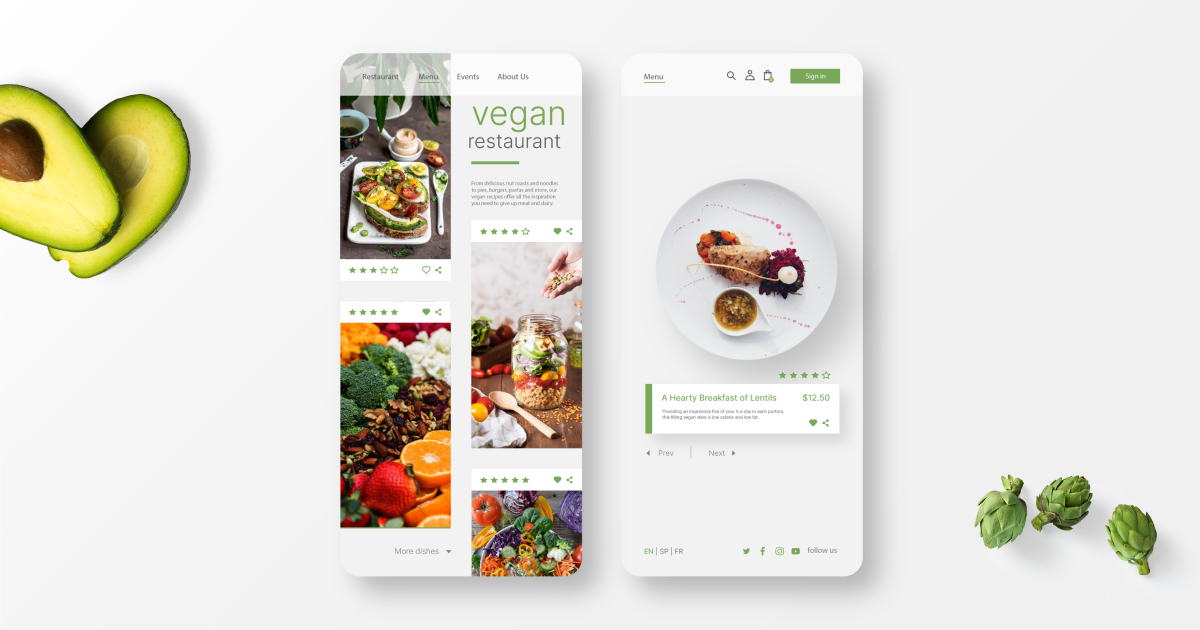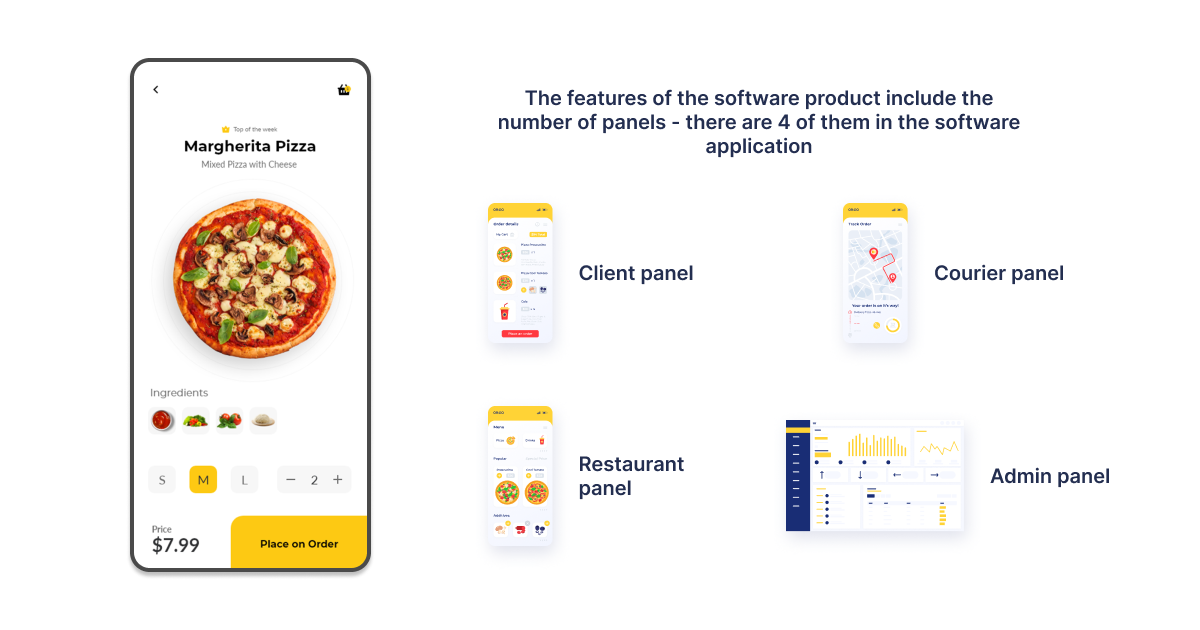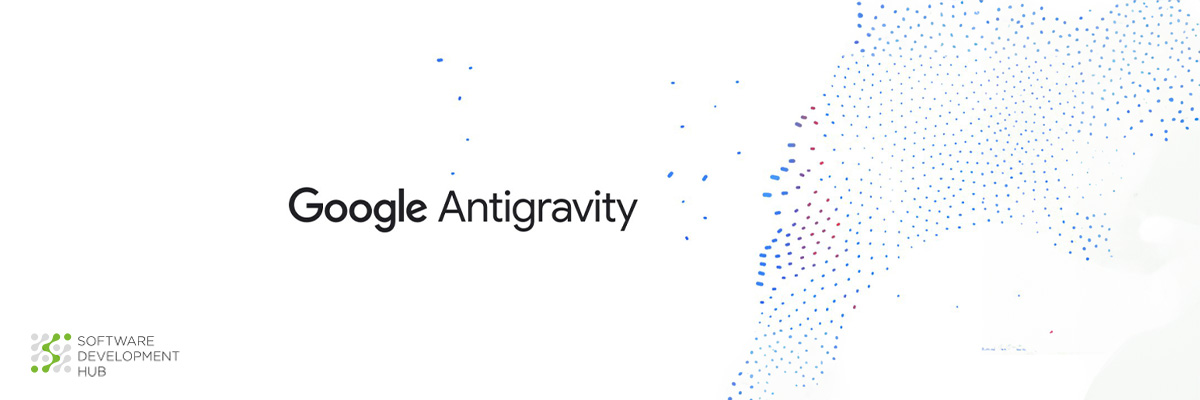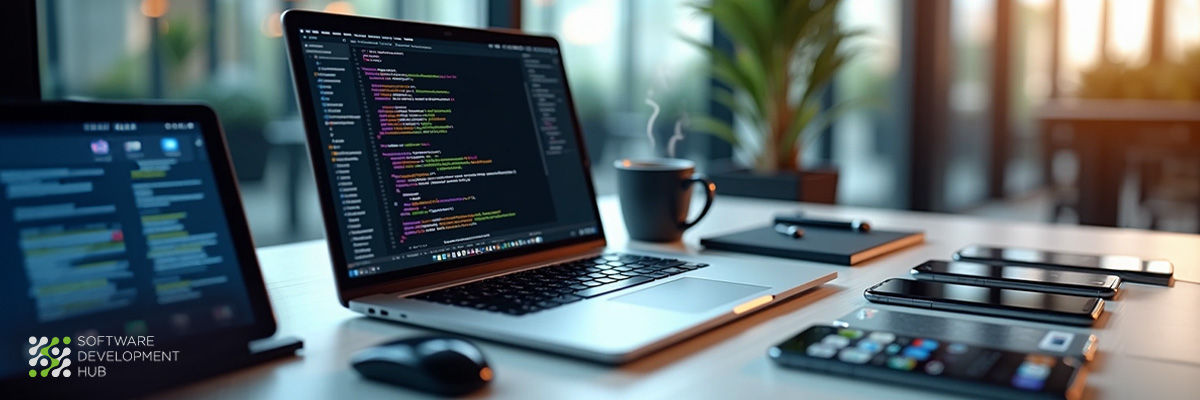Food Delivery Mobile Application Development: Cost and Features
Today dishes of almost any cuisine can be ordered and delivered in just two clicks. For this purpose, special applications for food delivery are being developed. Some of them have been created by the owners of restaurants, where food that can be ordered from home is cooked. Another format of work is service applications like Swiggi, Foodpanda, Zomato.
They have wide functionality for serving both end customers and restaurants. The key features of applications that have made them popular with a wide audience are ease of use and fast processing of requests.
So, if you want to offer your users a similar product, it should meet the two criteria mentioned above. Some other things you should consider and the main information about creating a food delivery application are viewed below.
Market size and statistics – online market of food orders
Market development statistics show that the growth in the profitability of applications for delivery compared to 2017 amounted to almost 100%. According to research, by 2021, the delivery industry had reached 150 billion. Moreover, the online food delivery market is predicted to soon outperform physical restaurant visits, with revenue growth of around 80% by 2024.
Research demonstrates the benefits of adopting delivery applications. Small and large businesses have increased their revenue by almost a quarter with the help of apps services, which testifies to their effectiveness in business.
Types of mobile applications
If you plan to develop a mobile food delivery app, deciding on the product type is important. There are two main application models on the market:
- aggregator model;
- model of logistical support.
Aggregators are, in fact, third-party platforms where customers and businesses can find each other. Application functionality allows you to take orders and transfer them to restaurants. At the same time, the application based on which the services are provided is not responsible for the quality of delivery and service. The control of this task is the responsibility of the businesses. Due to these peculiarities, aggregators are more suitable for large companies.
The logistics support model is more popular now. In this model, the delivery system is maintained by a third party — delivery service employees. The deliverymen take finished orders from businesses and deliver food to end consumers. Applications based on the logistics support model are quite promising and will be useful for both small businesses and large restaurants. In other words, the food delivery application can help arrange delivery to those businesses that could not afford to have such service before. As for the aggregator model, it is gradually being replaced, since the logistics application is more convenient to use and provides a wide range of functionality.

Understanding of food delivery mobile application work
How does a typical food delivery app work? The operation algorithm is straightforward and, to put it simply, includes three steps. The client orders dishes from the restaurant through the application. The restaurant accepts an order and transfers it to a delivery agent or a partner company that delivers. After that, the dish is delivered to the end consumer. Actually, these are the three simple steps on which the use of the application is based.
Almost all food delivery apps are based on the same business model. Thus, applications like Postmasters, DoorDash, Zomato, etc. perform the function of searching for food companies, as well as food delivery. The conceptual basis of the product is identical to the digital approach for the standard food delivery service model. That is, the application is used as a platform, introducing the choice of many restaurants, it also provides an uninterrupted logistics chain for delivery service employees. How is the revenue generated with the food delivery app?
Monetization is carried out in the following ways:
- payment for home delivery. Many restaurant businesses do not bring food to their guests' homes, so the application may offer delivery for an additional fee;
- peak pricing provides the app owner with increased revenue on days of high demand for food. The increased cost is formed by limiting menu options and adding a rate in case of placing an order;
- by charging a commission. This app model generates income by adding a fixed commission, which is automatically charged for each order placed. The application does not only provide profit from the use of the functionality, but also from strengthening partnerships between a restaurant and a delivery company;
- advertisement. Advertising provides an opportunity to earn income in a fairly large amount. For example, you can play a promotional video about several restaurants in one of the sections or show clips on the main screen. The restaurant, in this case, pays you for advertising.
These are the main tools for monetizing the application. The choice of one or another tool should be justified in each specific case.
What are the key features of food delivery mobile apps?
The features of the software product include the number of panels - there are 4 of them in the software application:
- client panel;
- restaurant panel;
- admin panel;
- courier panel.
Client panel
Conventionally, a number of functions can be distinguished in the client panel:
- Register / Login. Users can register or login to the mobile app with email, phone number and password;
- Location: the client specifies the place of delivery in manual mode or gives access to the automatic founder of the delivery address;
- The home page contains a list of restaurants where you can see their ratings and real reviews;
- Search and filter are provided to filter the results according to different criteria - location, category of dishes, price, etc.;
- Ordering food. This is, in fact, the most useful function with which you can view the menu, select the desired item, confirm the order and receive the dish. There is an option to schedule delivery at a convenient time;
- Basket. The function allows you to get acquainted with all the products that are in the basket, find out their cost, use the promo code if available and place an order;
- Payment. The user views the total amount due to be paid after applying the promo code, selects the payment method and confirms the order;
- Wallet is used to store the virtual balance, you can use it to pay for the order;
- Delivery tracking allows you to monitor the location of the dish in the kitchen, as well as the movement of the courier;
- Call/Chat to call the driver or the organization allows you to clarify the details of the order;
- Rating/leave feedback is a feedback channel after the order is completed;
- History of orders - to get acquainted with past orders and their details;
- Deals and coupons provide a promotional price when used.
Restaurant panel
The restaurant panel has the following functions:
- Dashboard where you can view order statuses (delivered, completed, canceled, etc.);
- Menu management that enables you to add products to the menu;
- Restaurant profile which contains information about the company, which can be updated;
- Order cancellation for orders canceled by the company;
- Chat that provides the possibility of communication and placing orders
- Order history that gives access to information about past orders.
Administrator panel
The admin panel includes the following features:
- Dashboard with data on past orders, including completed, pending, canceled, etc.;
- Analytics that allows you to generate reports on the profitability of the restaurant in real time, as well as identify periods when the maximum profit was received;
- Payments feature that manages data on payments made by customers;
- Transaction history that contains data about the order, order ID, transactions and payment method for a particular order;
- Menu management that is able to add or remove products;
- Restaurant profile feature allows to create restaurant profiles with all data;
- Food order management shows order status update and gives access to order information;
- Cancellation of the order by the administrator;
- Chat that enables receiving feedback and messages from users;
- History of orders with data on past orders;
- Push notifications, sending messages to the administrator of the establishment or the client about the news of the restaurant;
- Offer and coupons that contain promotional offers for the client.
Courier panel
Courier has got access to the following options:
- Registration/login with email ID, phone number, and password;
- The dashboard that gives access to data about completed, pending, and rejected orders;
- The status that allows you to indicate the readiness of the courier to accept the order;
- GPS navigation for moving to the company location or the address of the client;
- Call/Chat is a way to communicate with the user regarding orders;
- Purchase history.

Additional features for development of a well-known food delivery mobile app
Additional features include:
- authorization by logging in through social networks;
- behavior tracking helps to make a list of dishes for customers;
- book for others that provides the possibility of booking dishes for other users;
- custom packages that allow customizing orders through a special request;
- re-order feature is created for processing the same orders as in the past;
- group order enables creating a list of family members, you can also add items in a specific order;
- text order is order via text message for those who are not online;
- sending warning notices;
- request for food that creates plates of food for guests;
- franchise management;
- real-time analytics;
- role-playing dashboards that allow you to see the dynamics of business growth in certain areas;
- different payment methods;
- tracking and navigation for building a route and monitoring the courier;
- loyalty programs;
- marketing tool with coupons and offers that encourage users to install the application;
- CRM integration for system use and analysis of client behavior;
- CMS integration for content management in the application;
- calls in the application;
- chat;
- Bill Splitting enables splitting the bill.
- Additional options make the application convenient to use and enhance its value.

On the need for a tech stack to develop an outstanding mobile food delivery app
The technical stack for developing a mobile food delivery application depends on the complexity of the solution and the prospects for scaling, as well as the expected number and frequency of transactions:
Mobile platforms — Android and iOS — Swift, Objective C, Kotlin, Java, Flutter. Our specialists consider each case individually to find the optimal solution to the client's request.
- Real-time analytics - Storm, Flink;
- Database PostgreSQL, MongoDB, Cassandra;
- Making payments - e-wallets, Stripe, PayPal, Braintree, Net Banking;
- Checking voice, SMS, and phone: Twilio, Nexmo;
- Pop-up notifications Push.io, Twilio;
- Cloud services Azure, Google, AWS;
- Navigation Google Maps.
Cost of development of food delivery mobile app
The cost of the development of a mobile application for food delivery depends on the following factors:
- the number of platforms for which the application is being created: whether for Android only, or for iOS only, or it should be a cross-platform application;
- the geographical location of the development team — the highest hourly rates in the US;
- integration of a third-party API — the larger the volume, the higher the cost;
- the number of functions in the application.
|
Cost for Software by Type |
Filling |
Average Cost |
Amount of Time Allocated |
|
For simple software development |
Functional MVP, basic interface, 1 platform |
$40 000 - $120 000 |
2-3 months |
|
For medium-complexity software development |
Comprehensive functions, specific interface, 1 platform |
$120 000 - $200 000 |
3-6 months |
|
For a comprehensive app |
Advanced high-level features, custom-designed interface |
$200 000 - $300 000 |
6-9 months and more |
Given the growing popularity of online food ordering worldwide, mobile delivery apps are a promising niche for investment. The Software Development Hub team has extensive experience in creating iOS and Android mobile applications, including food delivery ones. By contacting us, you get a full cycle of product development: from design and business analysis to quality control and project support.
Categories
Share
Need a project estimate?
Drop us a line, and we provide you with a qualified consultation.








